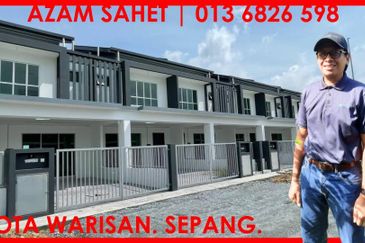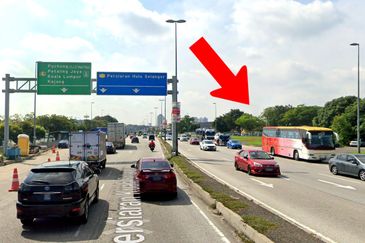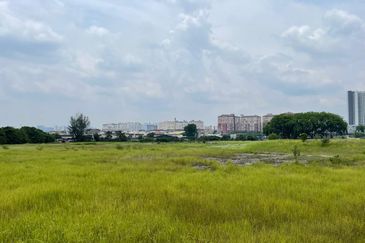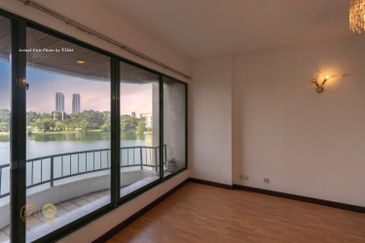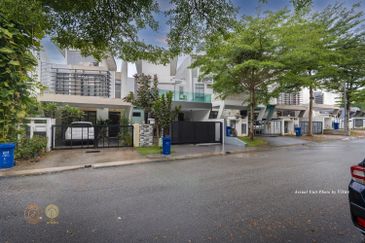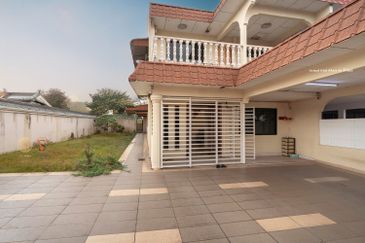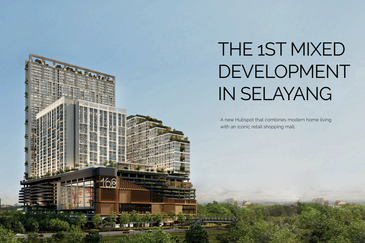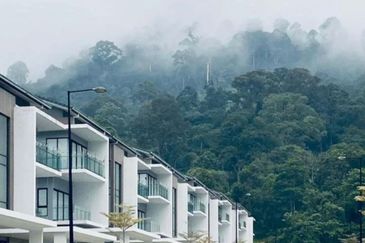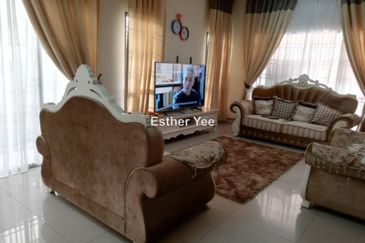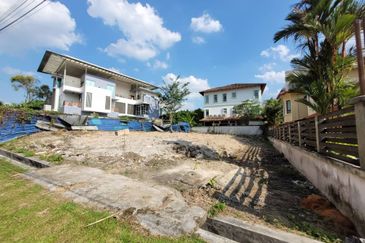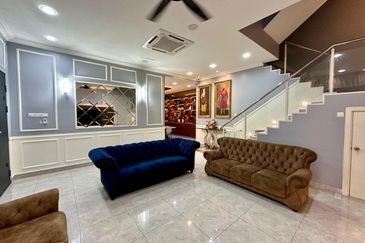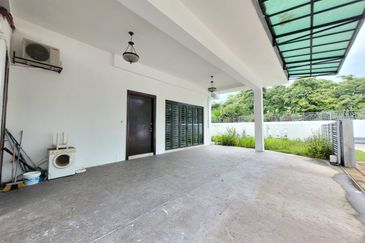KUALA LUMPUR (Jan 4): Malaysians will likely face higher taxes in future to help the government pay for the construction cost of the mass rail transit (MRT) project, which may hit above RM100 billion, according to Pandan member of parliament Mohd Rafizi Ramli. At a press conference yesterday, the PKR lawmaker said upon the MRT’s completion, Mass Rapid Transit Corp Sdn Bhd (MRT Corp) and DanaInfra Nasional Bhd would transfer the project’s assets and liabilities, which include billions of ringgit raised to fund the project, to Prasarana Malaysia Bhd.
However, Prasarana is a company that would have been insolvent without governmental support, Mohd Rafizi said when presenting Prasarana’s summarised financial statement obtained from the Companies Commission of Malaysia. He questioned Prasarana’s financial capability in sustaining the MRT service in future and to pay off the debts raised, and foresees that Putrajaya will have to support Prasarana via increments in goods and services tax, besides cuts in allocations, scholarships and healthcare expenses.
“In Prasarana’s current financial position, it is obvious that taking over MRT’s operation and debts would worsen the situation. It is possible that by 2022, the group’s debt would roughly be over RM70 billion, with interests of RM2 billion [as] expenses annually,” he revealed. “Prasarana’s total debt has breached RM18 billion for FY2015 (financial year 2015). The amount is expected to grow higher as the group is required to take up more debt to finance its [operational] costs,” Mohd Rafizi said, adding that from FY2013 to FY2016, the group is likely to borrow an additional RM10 billion or more.
“Prasarana’s debt interest payment amounted to RM551 million as at FY15 and is expected to grow higher.” As at Dec 31, 2015 (FY2015), Prasarana incurred a net loss of RM1.25 billion, up about 42% from RM885.6 million a year ago, though its revenue grew 54% to RM756.58 million from RM490.23 million.
Notably, Prasarana’s reserves worsened to -RM6.21 billion as at FY2015, a 25% expansion from the previous year’s -RM4.96 billion. The group’s share capital as at FY2015 was RM7.31 billion, up by 7.03% from RM6.83 billion in FY2014, while total liabilities grew 28.16% to RM19.16 billion from RM14.95 billion in FY2014. Its current assets, including cash in hand, stood at RM1.46 billion as at FY2015 versus RM636.82 million the year before.
Mohd Rafizi said the government has occasionally been forced to inject public funds into Prasarana. “[It’s] just like the RM2.2 billion fresh capital injection into Prasarana in 2013, and [Putrajaya] forgiving (or writing off) as much as RM475 million debt in 2015.”
The MRT1 project cost RM21 billion while MRT2 was built at RM32 billion. MRT Corp chief executive officer Datuk Shahril Mokhtar had previouly indicated that the MRT Line 3, likely to be fully built underground, could cost more than the first two rail lines. According to DanaInfra’s press statement on Oct 26, 2015, DanaInfra is a special purpose vehicle, is raising funds for MRT Lines 1 and 2 via a RM50 billion integrated financing programme. The MRT project is split into three phases.
Just less than two weeks ago, on Dec 24, MRT Corp said the original estimated construction cost of RM40 billion for the MRT project was “no longer relevant” as it was based on prices in 2009 and did not include the costs for electric trains, their related systems and land acquisition. Its original model — conceptualised in 2010 — had also been changed, besides being fully funded by the government via MRT Corp and not undertaken as a private project, it added.
This article first appeared in The Edge Financial Daily, on Jan 4, 2017. Subscribe to The Edge Financial Daily here.
TOP PICKS BY EDGEPROP
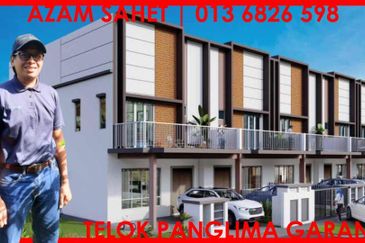
Taman Makmur, Telok Panglima Garang
Telok Panglima Garang, Selangor
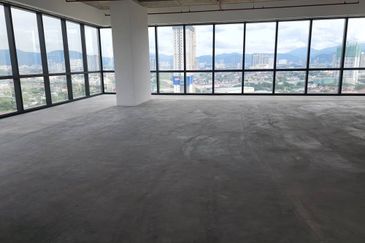
The MET Corporate Towers
Mont Kiara, Kuala Lumpur

HiCom-Glenmarie Industrial Park
Shah Alam, Selangor
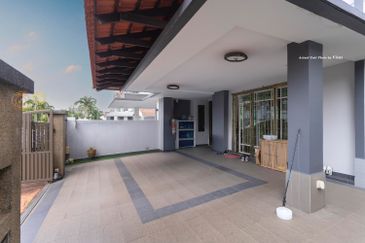
Setia Damai
Setia Alam/Alam Nusantara, Selangor

Setia Damai
Setia Alam/Alam Nusantara, Selangor


